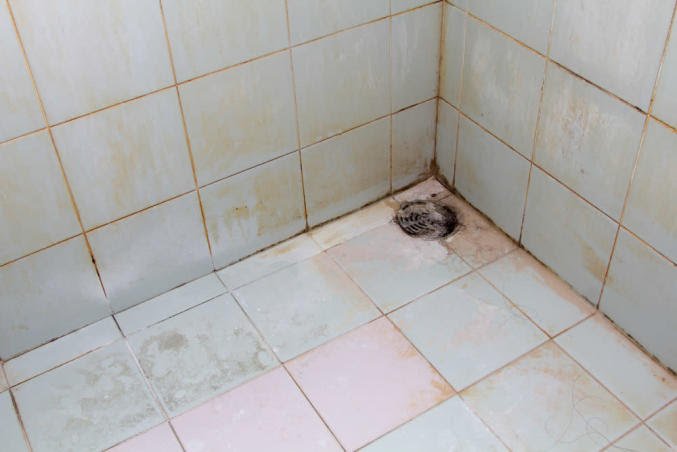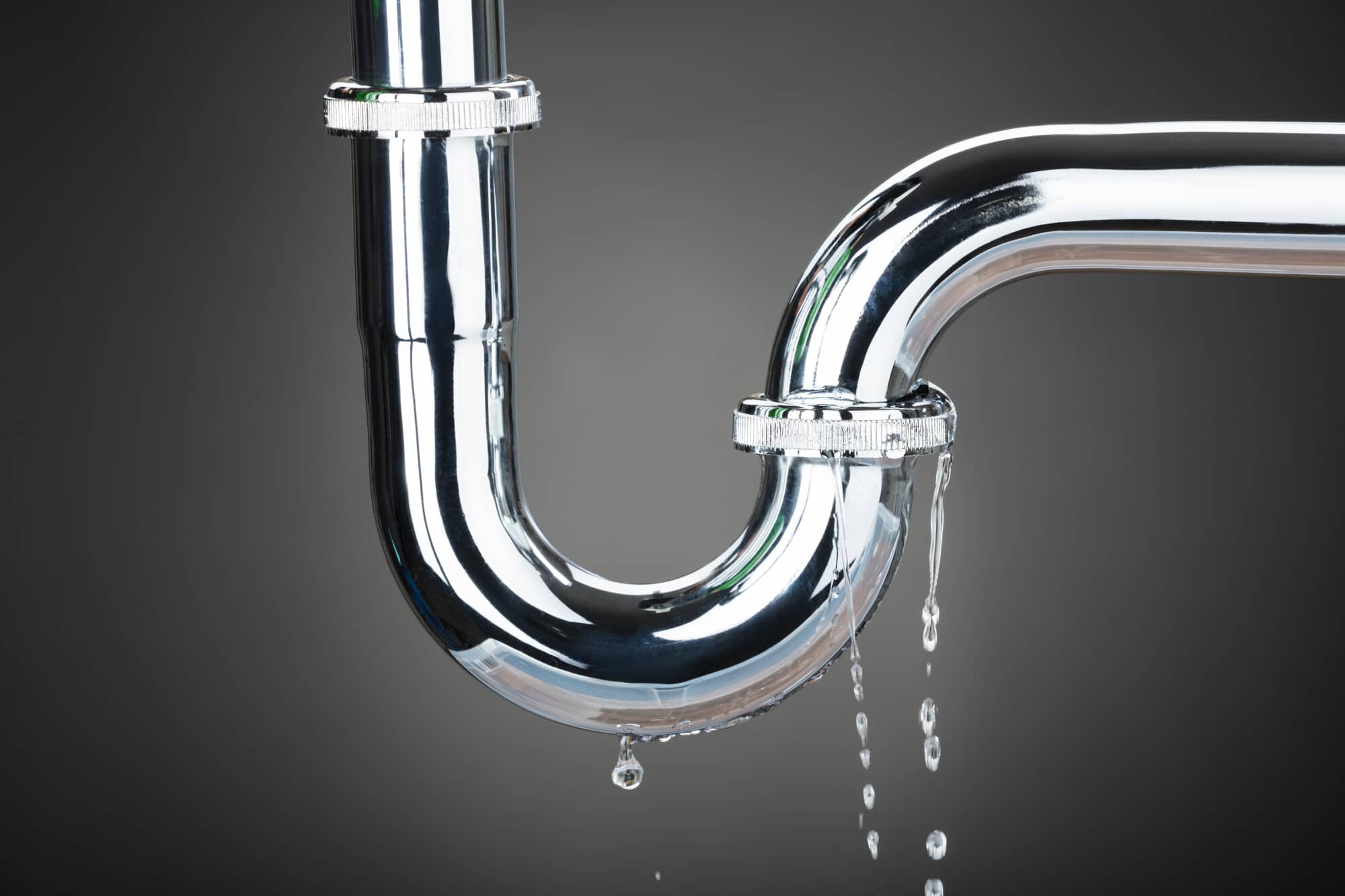Factors Leading to Bathroom Water Deterioration
Factors Leading to Bathroom Water Deterioration
Blog Article
We have stumbled upon this great article on How to Repair and Prevent Bathroom Water Damage? listed below on the internet and thought it made good sense to relate it with you in this article.

Water damage often happens in the shower room as a result of the water used everyday. In some cases, the damage could be a little mold and mildew from the shower. Other times, it's massive damages on your flooring. Whatever it is, it is always excellent to understand the reason and prevent it prior to it happens.
This guide will certainly experience a few of the typical root causes of water damage in the washroom. We will likewise examine what you can do to avoid these reasons from harming your restroom. Allow's dive in.
5 Usual Root Causes Of Water Damage in Bathrooms
These are the common reasons you would have water damage in your bathrooms and exactly how you can find them:
Ruptured or Dripping Pipelines
There are many pipes carrying water to different parts of your washroom. Some pipelines take water to the commode, the sink, the faucets, the shower, and several various other places. They crisscross the little location of the washroom.
Occasionally, these pipes can obtain corroded and also ruptured. Various other times, human action might cause them to leak. When this happens, you'll locate water in the edges of your washroom or on the wall surface.
To find this, watch out for bubbling wall surfaces, mold and mildews, or mildew. Call a professional emergency plumber to repair this when it takes place.
Fractures in your wall tilesv
Washroom wall surface ceramic tiles have been particularly created for that function. They protect the wall surface from dampness from individuals taking showers. However, they are not indestructible.
Occasionally, your washroom wall tiles split as well as allow some dampness to seep right into the wall. This could possibly destroy the wall surface if you don't take any activity. If you discover a split on your wall tiles, repair it right away. Don't wait up until it destroys your wall surface.
Overflowing commodes and sinks
As people, in some cases we make blunders that might create some water damage in the shower room. For example, leaving your sink faucet on can trigger overruning and also damage to various other parts of the restroom with dampness.
Additionally, a damaged toilet might cause overflowing. As an example, a damaged commode deal with or various other parts of the cistern. When this occurs, it could damage the flooring.
As quickly as you discover an overruning sink or toilet, call a plumbing professional to assist manage it instantly.
Roof covering Leaks
Occasionally, the problem of water damage to the shower room could not come from the shower room. For example, a roofing system leakage can cause damage to the shower room ceiling. You can detect the damage done by taking a look at the water discolorations on the ceiling.
If you find water stains on your ceiling, inspect the roof covering to see if it's damaged. Then, call an expert to assist address the issue.
Excess Wetness
It's awesome to have that lengthy shower and also dash water while you hem and haw and act like you're doing, yet sometimes these acts could cause water damage to your restroom.
Sprinkling water around can trigger water to head to corners and develop molds. View exactly how you spread out excess wetness around, and also when you do it, clean it up to prevent damage.
Conclusion
Water damage to your washroom can be annoying. However, you can handle it if you prevent some of the causes stated in this guide. Call a professional emergency plumbing technician if you observe any type of serious damage.
Common Causes of Water Damage in a Bathroom
Water damage can appear virtually anywhere in your home, but bathrooms and basements are the two most common areas. It’s easier to spot causes and signs of water damage in an unfinished basement, but that doesn’t mean it’s any less severe to have water damage occur in your bathroom.
Spotting Signs of Bathroom Water Damage
The bathroom is probably the most common place where you’ll use water in your home. Because of this, there’s a relatively high risk of sustaining water damage. The longer water damage goes untreated, the worse it can get. Therefore, you need to know what signs to look for and deal with any damage as soon as possible.
There are often items like rugs, bottles, towels, and so on crammed in every corner of the typical bathroom, which can trap moisture and hide budding problems. But what usually causes the most water damage in a bathroom? How can you spot it, especially with so many items in the way? This article addresses several common ways to notice, prevent, or fix bathroom water damage.
A Recurring or Persistent Musty Odor
Wherever there’s water damage, you almost always find small spots of mold, or even a full-blown infestation. When you leave mold to thrive and grow, it creates a stinking, musty odor that’s pretty hard to miss. Don’t leave musty smells unaddressed—try to find the source so that you can have it repaired before more damage occurs.
Damaged Grout or Caulk
When these sealing agents fail, virtually nothing prevents water from seeping past the barrier, causing water damage and mold growth underneath wall and flooring tiles. Damaged showerheads, spigots, grout, or caulking, combined with excessive moisture, create the perfect environment for mold to thrive.
Loose Tiles or Spongy Floors
Moldy and water-damaged walls make it more difficult for tiles to stay in place, which can cause them to become loose. In addition, persistent moisture on a bathroom floor can result in water damage to the subflooring layer, causing it to degrade, lose integrity, and feel spongy.
Stubborn Growth
If there’s visible mold in your bathroom that you’ve removed more than once, the most likely reason it keeps coming back is a deeper infestation in the walls or floors. It’s critical to deal with this problem immediately to prevent further damage and new or worsening health issues.
https://advantaclean.com/blog/common-causes-of-water-damage-in-a-bathroom/

Common Causes of Water Damage in a Bathroom
Water damage can appear virtually anywhere in your home, but bathrooms and basements are the two most common areas. It’s easier to spot causes and signs of water damage in an unfinished basement, but that doesn’t mean it’s any less severe to have water damage occur in your bathroom.
Spotting Signs of Bathroom Water Damage
The bathroom is probably the most common place where you’ll use water in your home. Because of this, there’s a relatively high risk of sustaining water damage. The longer water damage goes untreated, the worse it can get. Therefore, you need to know what signs to look for and deal with any damage as soon as possible.
There are often items like rugs, bottles, towels, and so on crammed in every corner of the typical bathroom, which can trap moisture and hide budding problems. But what usually causes the most water damage in a bathroom? How can you spot it, especially with so many items in the way? This article addresses several common ways to notice, prevent, or fix bathroom water damage.
A Recurring or Persistent Musty Odor
Wherever there’s water damage, you almost always find small spots of mold, or even a full-blown infestation. When you leave mold to thrive and grow, it creates a stinking, musty odor that’s pretty hard to miss. Don’t leave musty smells unaddressed—try to find the source so that you can have it repaired before more damage occurs.
Damaged Grout or Caulk
When these sealing agents fail, virtually nothing prevents water from seeping past the barrier, causing water damage and mold growth underneath wall and flooring tiles. Damaged showerheads, spigots, grout, or caulking, combined with excessive moisture, create the perfect environment for mold to thrive.
Loose Tiles or Spongy Floors
Moldy and water-damaged walls make it more difficult for tiles to stay in place, which can cause them to become loose. In addition, persistent moisture on a bathroom floor can result in water damage to the subflooring layer, causing it to degrade, lose integrity, and feel spongy.
Stubborn Growth
If there’s visible mold in your bathroom that you’ve removed more than once, the most likely reason it keeps coming back is a deeper infestation in the walls or floors. It’s critical to deal with this problem immediately to prevent further damage and new or worsening health issues.
https://advantaclean.com/blog/common-causes-of-water-damage-in-a-bathroom/
I was made aware of that article about How to Repair and Prevent Bathroom Water Damage? through someone on our other website. If you enjoyed our blog posting kindly don't forget to share it. Thanks a lot for your time spent reading it.
Instant fix? Dial! Report this page